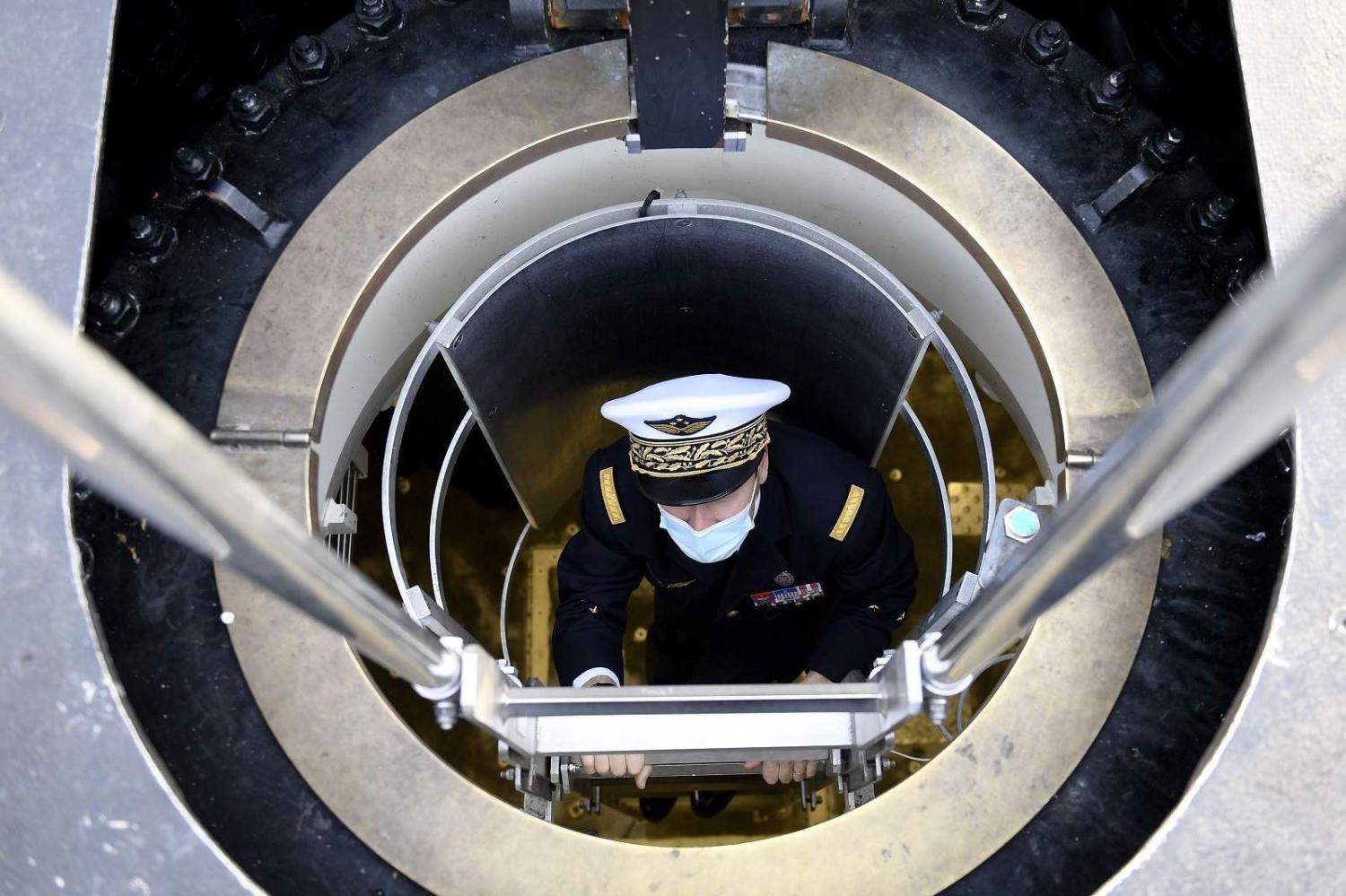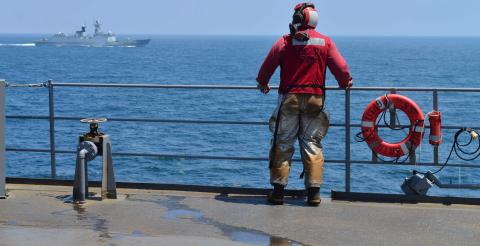There is an old saying that if you find yourself in a hole, the best course of action is to stop digging. If only Australia understood this wisdom. Abandoning the French submarine project, the government has decided to double down and design a new nuclear-powered sub with technology and assistance from the United States and the United Kingdom. To continue the homespun metaphors, Australia has decided to go from the frying pan into the fire.
Many of the questions that previously cast doubt on the wisdom of the French boat deal and design remain unanswered in regard to its replacement. Just why does Australia require a submarine that has the range to operate in the South and East China Seas? What strategic need is met by these submarines? Can a relatively weak nation such as Australia realistically aspire to a three-ocean defence force? The best answer we have is the need to maintain the rules-based order, but certainly there are other ways to achieve this end instead of embracing the most technologically challenging warship ever created. One is reminded of the TV show Utopia and the episode which skewers a Defence plan to build a force to protect Australian trade routes from its own trading partner. Slightly off-topic, yes, but telling.
It will be at least a decade before a single boat is in service, even if everything goes to plan.
Worryingly, the operational theatre in which these boats are meant to sail, the waters off China’s coast, are relatively shallow and sit in the shadow of a considerable anti-submarine warfare (ASW) capacity. At present, the People’s Liberation Army Navy (PLAN) is reputed to be weak in ASW, but it is improving. By the time Australia’s boats arrive, in ten or 20 years, its capacity could be pretty robust. As it is, any Australian submarine that attempts to do something in these waters, such as launch a tomahawk missile, will reveal its position and shortly thereafter be destroyed. By, say, 2034, the PLAN’s ASW capability may well have reached the point that even attempting to penetrate these waters would require suicidal courage.
The drawn-out timeline is not in Australia’s favour. Eighteen months of consultation will precede a decision on requirements. Then there will be a design phase as Australia creates an entirely new class of boats. Workers will need to be trained and a nuclear industry built. It will be at least a decade before a single boat is in service, even if everything goes to plan, and there are plenty of points at which the plan can go off track. To meet this need, an off-the-shelf foreign built option would be safer and faster, but that option is off the table.

Australia currently has an air force that is optimised to act as a wing of the US Air Force. An answer needs to be given on whether a similar decision has been taken for the Royal Australian Navy (RAN). Realistically, the only way an Australian boat could operate in these waters if the country were at war would be as a unit of a US Navy task force. In effect, two second-order decisions have been taken by Australia and it is not clear whether this has been understood by the government or the public. First, the RAN’s nuclear fleet will have to sail under the air cover provided by a US carrier task force if it is to survive. Second, if the United States is at war with China, so is Australia, since the Australian Defence Force will be integrated into the US force. Without any discussion by the Australian parliament or review by the Australian public, Australia will find itself as a minnow in a war between two nuclear-armed great powers.
A nuclear submarine is of no use in a conflict driven by climate tensions.
By insisting on the need for a long-range boat, Australia has turned its back on other, more promising options with which to meet its security needs. Have no doubt, I believe Australia needs submarines. It just doesn’t need ones that are designed to operate at such distances.
The island chain to Australia’s north is pierced by several maritime choke points, principally the Lombok and Sunda Straits. Further north is the Makassar Strait. A fleet of smaller conventional subs could easily guard these waters. Moreover, coming on line are a host of uncrewed underwater vehicles as well as propelled mines. These are deployable from aircraft, small boats and even submarines. In fact, Australia could build a small submarine whose mission is to command and control a fleet of uncrewed vessels. The command boat would be relatively undetectable due to its small size, while the uncrewed platforms take the risks. The nuclear sub program’s great cost, whatever that ultimately may be, will soak up the monies that could have gone to this less risky option that embraces novel solutions.
A nuclear sub only addresses one of Australia’s future security threats and, unfortunately, a less dangerous one. Climate change has been rightly described as an existential threat that risks destabilising nations across the Asia Pacific. A nuclear submarine is of no use in a conflict driven by climate tensions. Why is Australia determined to invest in a weapon system that only meets one aspect of its security needs? As I have written recently, Australia needs to take a different approach to the consideration of its security, one that meets the tensions that will result from the rebalance of power that is underway in the Indo-Pacific and that addresses climate change. To consider only a part of the defence requirement is even more short-sighted than buying nuclear subs.

